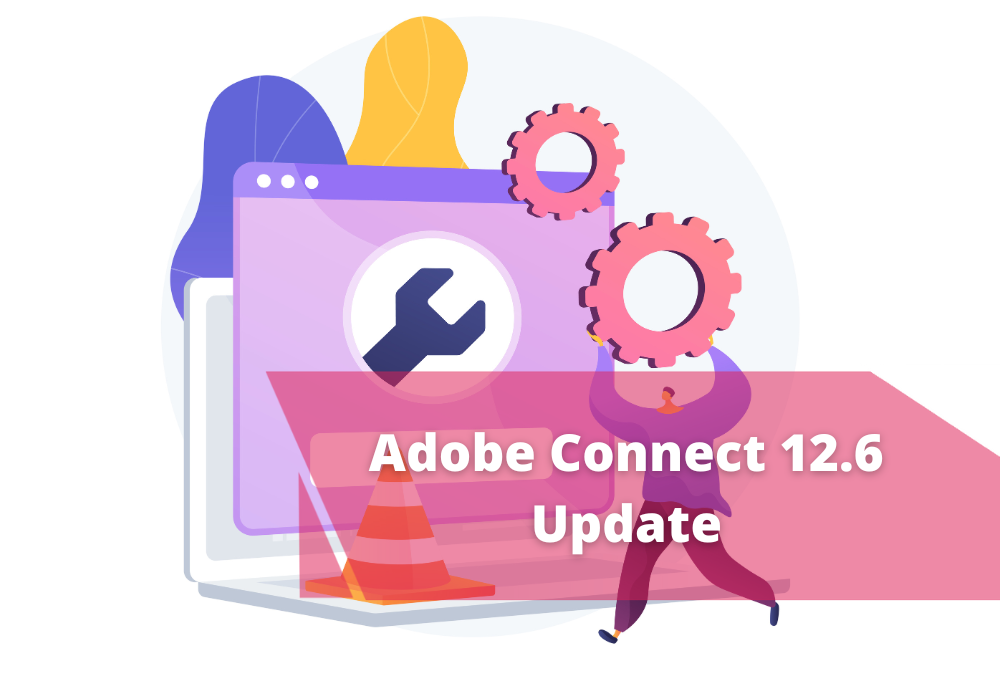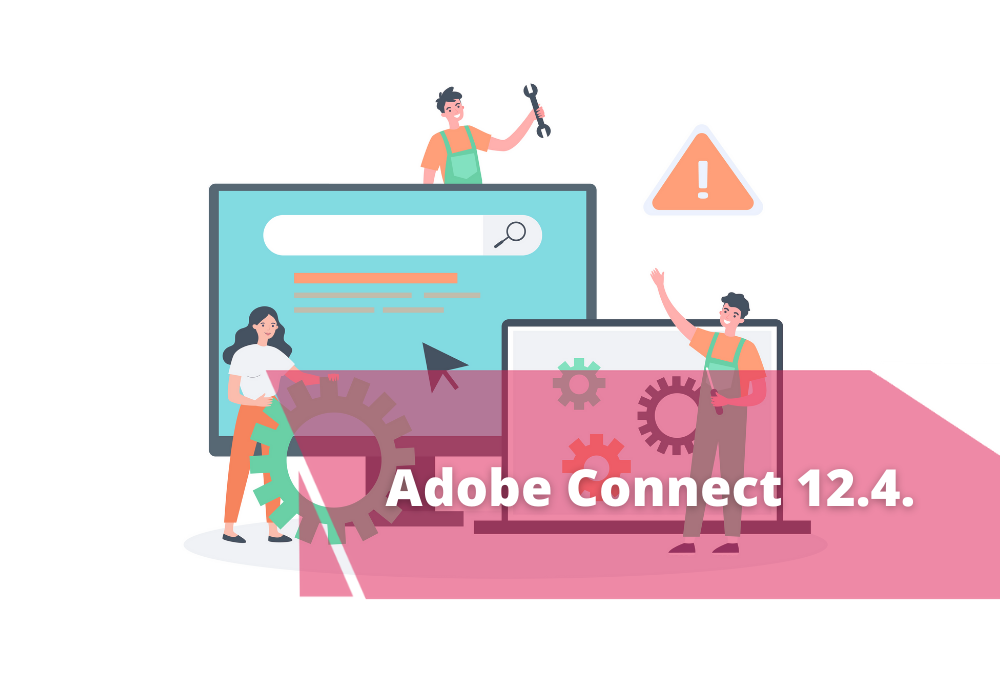Webinars in 2020
Do you know that seventy-three percent of B2B marketers and sales leaders say webinars are the best way to generate high-quality leads, and 57 percent of marketers say they will create more webinars next year, according to GoToWebinar? Engineers and technical professionals find great value in webinars.
In the most recent IEEE GlobalSpec “Pulse of Engineering Survey,” engineers ranked webinars near the top of the list of ways to maintain, educate, and advance their professional skills. According to the “2019 Smart Marketing for Engineers” survey conducted by IEEE GlobalSpec and TREW Marketing, 84 percent of engineers said webinars were valuable for researching the latest engineering technologies, industry trends, and products and services.
Webinars remain one of the most important marketing tactics in the manufacturing sector, and your target audience has high expectations for such events. In 2020, you will need to up your game in the following ways to create an effective and memorable audience experience and to continue driving results.

1. Align content with audience needs
Although engineers believe in webinars, they are extremely selective in what type of webinars they attend. Fluffy sales pitches will attract no one; however, training and education will draw them in.
Webinar attendees indicate that they value training and improving their skills above all else, followed closely by insight and industry trends, how-to explanations, and case studies, according to 2019 Benchmarks, BrightTALK.
When planning webinars for next year, make sure you take these audience preferences into account. Design content to educate and train your audience on what matters to them, and you will likely attract more attendees.
2. Pick a day, any day
One trend we’ve noticed is the rising popularity of Friday webinars. It has been a long-held marketing belief that webinars should be scheduled only for the middle of the week, but registration data shows that almost any day works for drawing in live audiences. Don’t be hesitant to schedule webinars on Fridays or Mondays as well as the other days of the week.
3. Webinars must be available on demand
Everyone who has ever produced, marketed and hosted a webinar knows that not everyone who registers for a webinar shows up for the live event. It’s not unusual for only 50 percent of registrants to attend the live webinar. Last-minute meetings come up. Pressing deadlines take precedent.
It’s also true that many people might be interested in the webinar content but are not available for when the webinar is scheduled or don’t know about the webinar. IEEE GlobalSpec webinar data is consistent with industry standards, which report that 84 percent of B2B audiences opt for replays over live webinars.
For these reasons, it’s essential that you make webinars available to audiences on-demand following the live event. This way, you will be able to capture many more viewers, generate more demand opportunities, and increase the visibility of your brand.
You also shouldn’t measure the success of your webinars based only on live day attendance. With many engineers opting for on-demand viewing after the event, you shouldn’t measure the success of a webinar until 90 days after the event, when the number of attendees is expected to level off.
4. Variety and interactivity will increase
It’s no longer enough to spend 45 minutes or an hour displaying and talking over static slides for a webinar. To drive deeper and more meaningful engagement, you must interact more with your audience. Today’s webinar platforms offer a number of interactive features. Consider adding the following to your webinars:
Live polls: Asking your audience polling questions offers a number of benefits. First, you are able to solicit your viewers’ opinions to understand how they are thinking. Second, when you display results, your audience can see how their answers compare to their peers. Finally, the results of poll questions can be used to help tailor your content and to shape future webinars or other marketing content.
Interactive Q&A: This is a great way to get your audience involved and to find out exactly what’s on their minds. The Q&A isn’t exclusively a tack-on to the end of a webinar. If you’re covering several topics, after each section you can solicit a question or two from the audience. As with polls, Q&As can help shape future content. If you’re not comfortable with spontaneous Q&A, you can solicit questions ahead of time, such as during registration or on social media, and answer them during the event.
Video and animation: Webinar platforms and ubiquitous broadband connections give you the option to add video and animation that can help increase engagement. You could include an animated sequence showing how something works or how to do something. Or include a snippet of an interview video or an industry presentation.
Have more than one speaker: Pass the speaking duties back and forth based on each speaker’s area of expertise or segments of the webinar. Or include a brief interview with an expert as part of the webinar. If you can have both male and female speakers, the differences in their voices can add a measure of variety to the presentation.
5. Work with partners
Many industrial marketers are choosing to work with a media partner such as IEEE GlobalSpec to add webinars to their marketing mix. Whatever your marketing objectives, we have a webinar package to meet your needs, from providing industry speakers and additional target audiences to handling all aspects of event production and marketing, freeing you to focus on other marketing responsibilities. Learn more about IEEE GlobalSpec webinar solutions here.
Source: https://marketingmaven.globalspec.com/
 en
en  sv
sv no
no fi
fi da
da

















